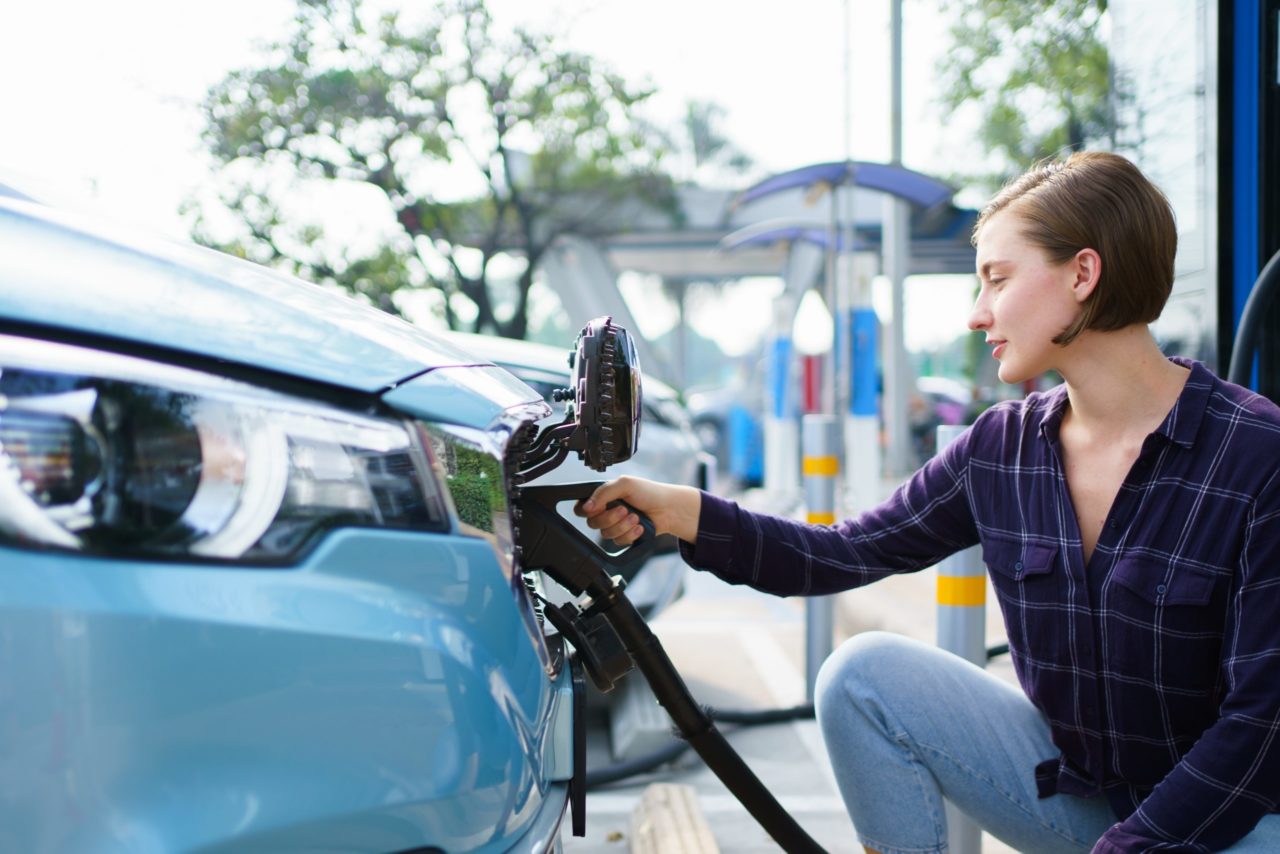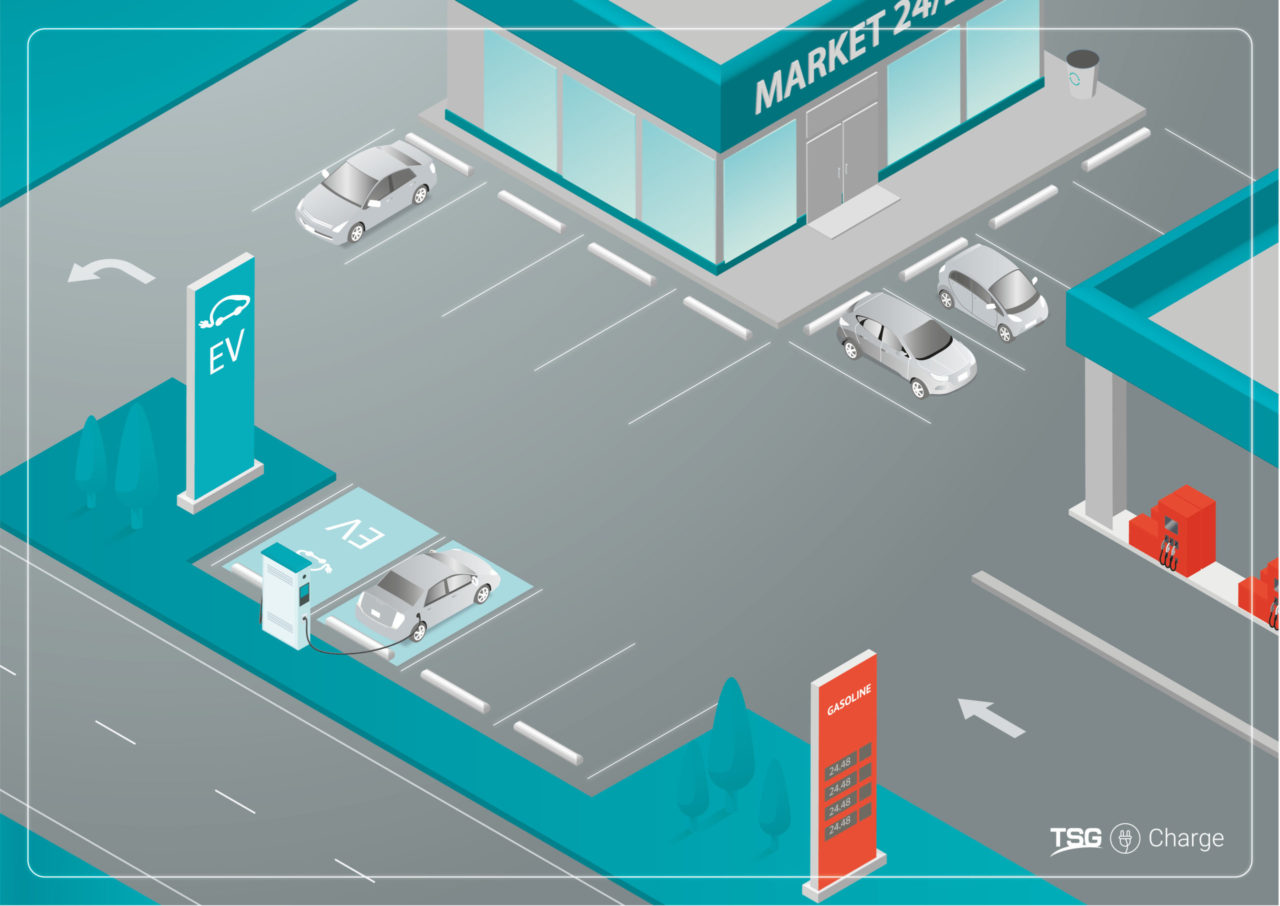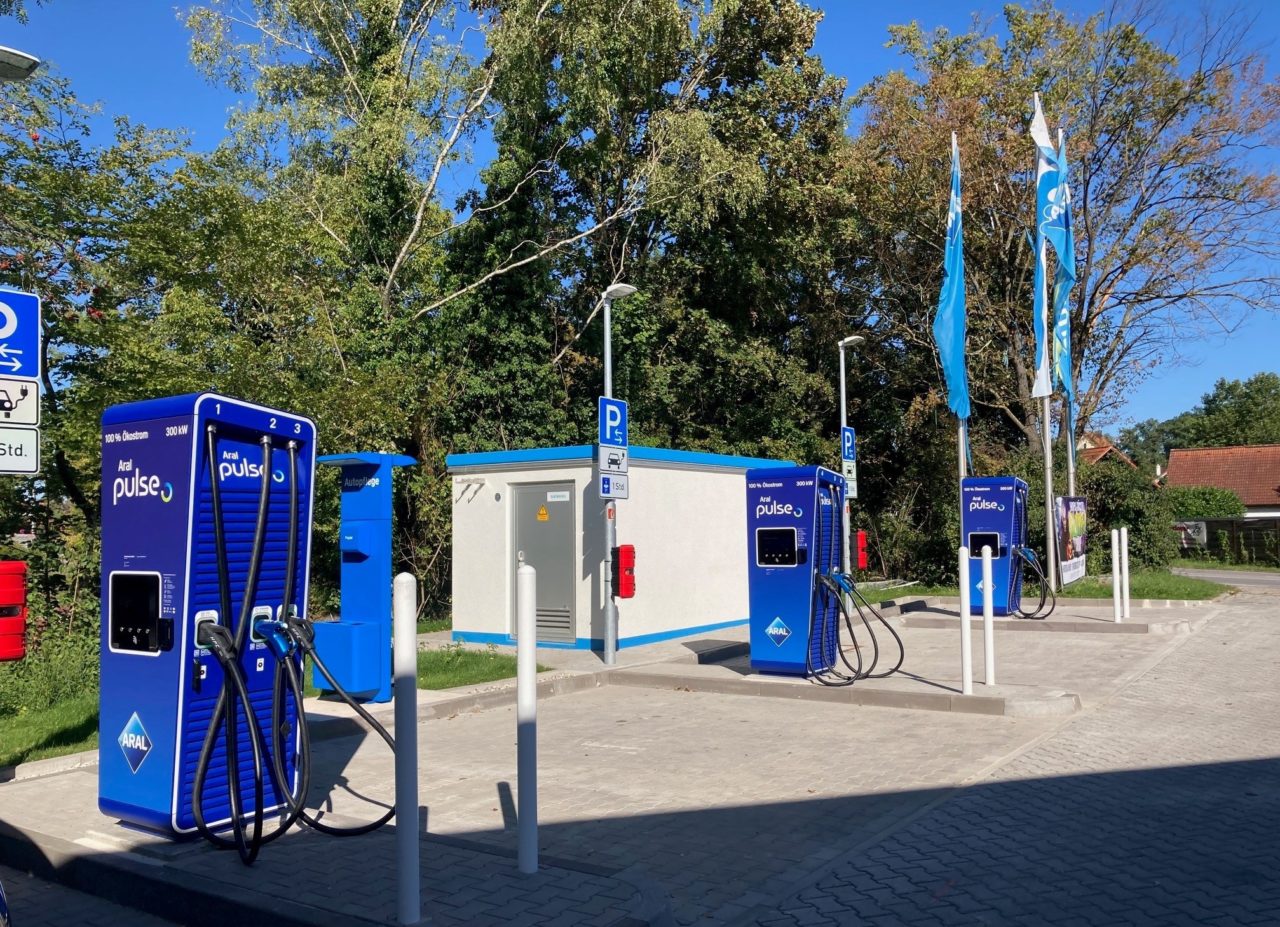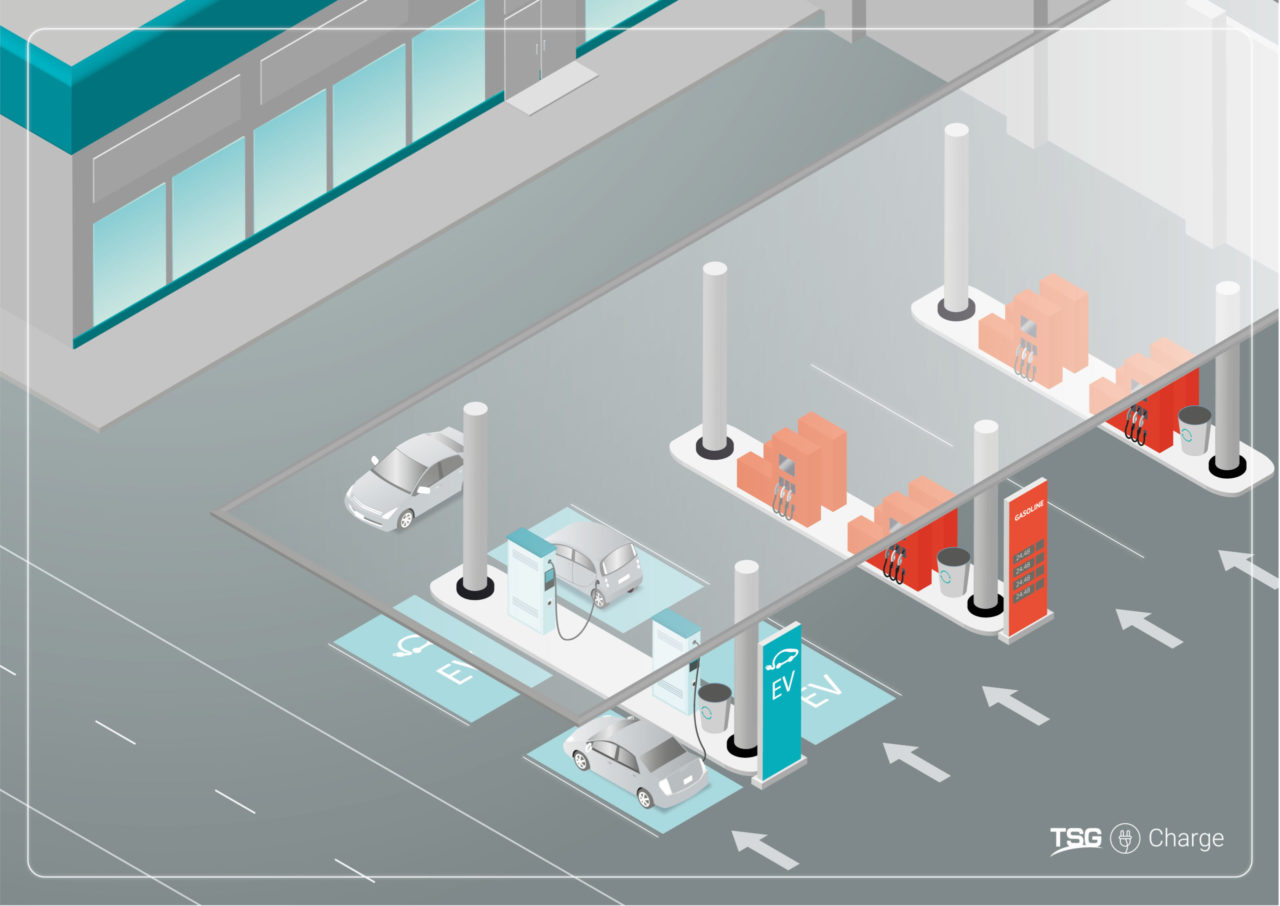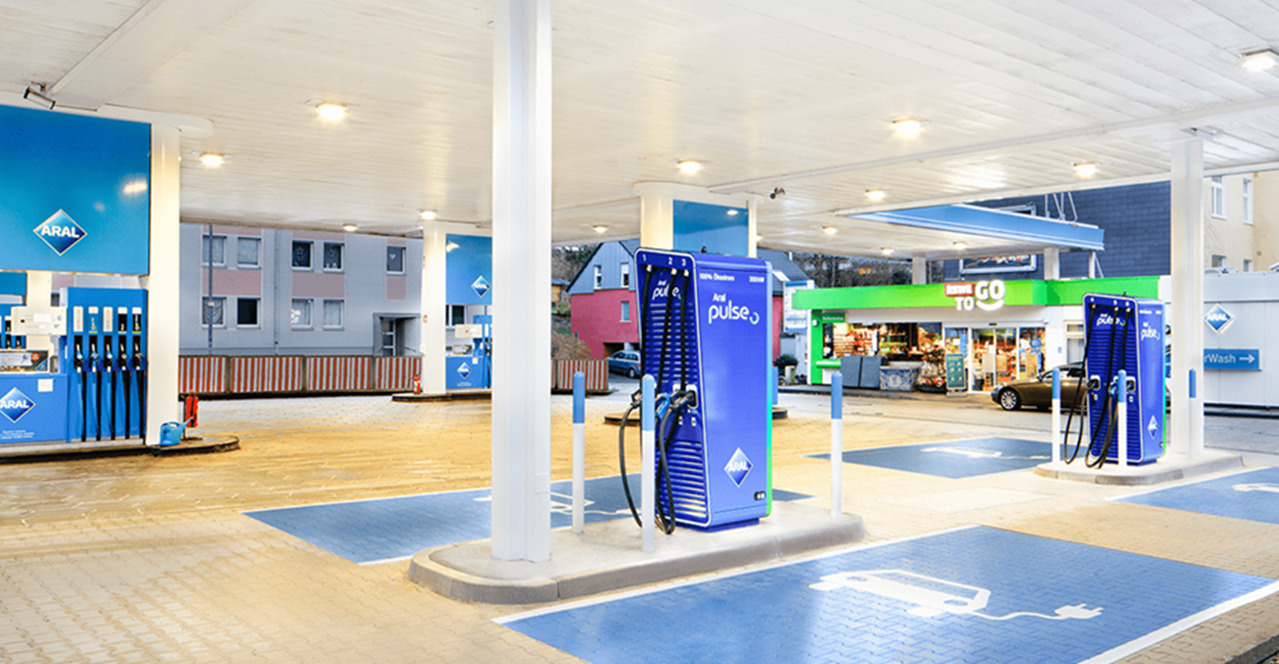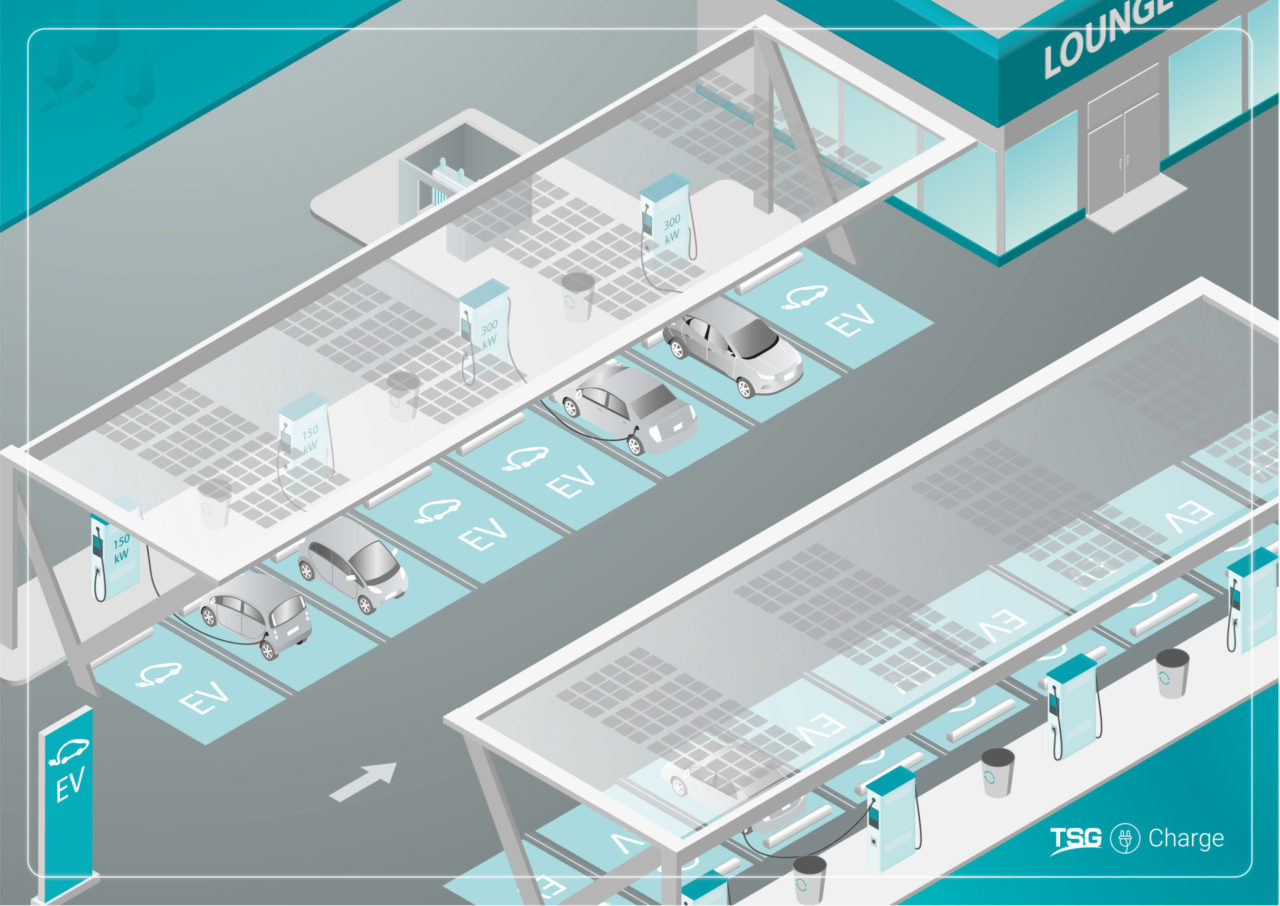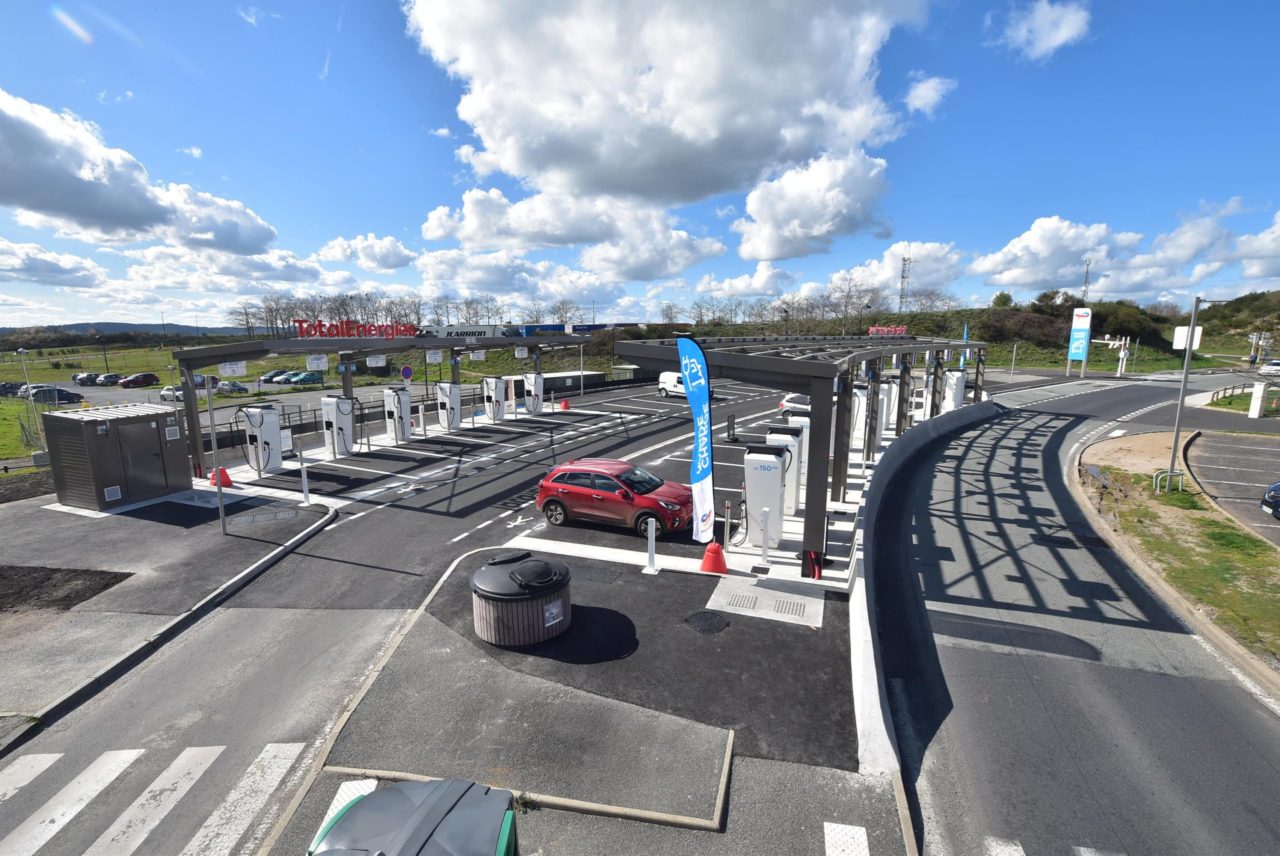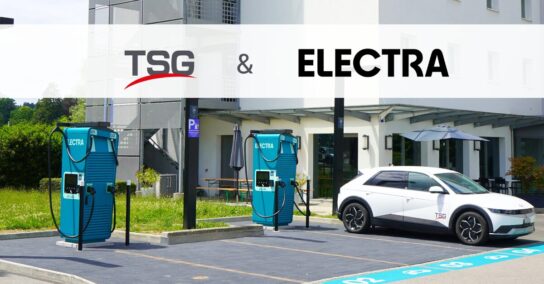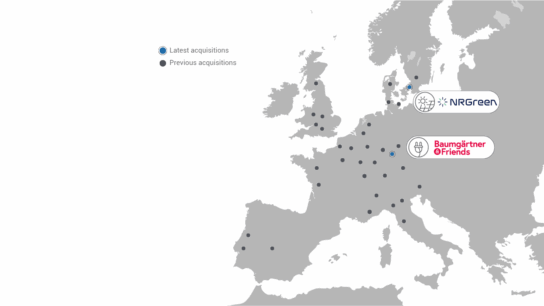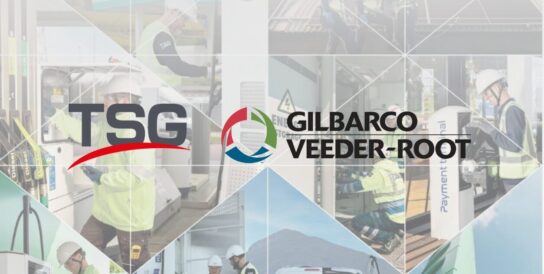With more EVs on the road, refuelling activities are changing. Between 50% and 80% of consumers’ charging takes place at home, while 15%-25% occurs at the workplace. Public locations account for 10%-15% of all charging events, depending on the European region. This share also includes a wide range of businesses, such as ‘destination charging’ locations – supermarkets, public car parks in cities, partially dedicated charging hubs from new Charging Point Operators (CPOs) and traditional forecourts. All of them are evolving their business models to meet new demands and latest driver expectations.
‘The more fast-charging points there are, the more drivers tend to use them to charge their EVs, especially if the fast-charging experience offers a reasonable price for electricity and a good side experience with additional services and facilities. Moreover, we see an increasing trend of charging at public fast-charging in the most mature EV countries. In Norway and Denmark, recharging occurs at public hubs over 20% of the time. This reinforces the long-term attractiveness of the segment,’ says François Parniere, Group EV Director at TSG.
Many major forecourt operators are installing EV charging infrastructure on their sites across Europe. They have specific needs when including chargers in their premises, and tend to rely on one of the following setups:
Side EV charger configuration: Forecourts can add a charger to the existing Distribution Network Operator (DNO) connection, allowing drivers to stop and take advantage of adjacent retail and food offerings while charging. Retailers such as TotalEnergies and Avia are moving away from the traditional fuel-only forecourt to include at least one charger on the side of the forecourt. Such actions position these players and their commitment to welcome cleaner energy sources and understand the latest customer preferences.
Integrated EV charger configuration at the forecourt: Depending on the grid and the demand for charging, a single charger at the forecourt may not be sufficient. Some retailers are opting to renovate their forecourts and convert them to partially electrified forecourts, where EV chargers and dispensers are close by and EV drivers have direct access to the convenience store. This is the case with some bp Aral stations, which include both chargers and dispensers under the canopy, respecting the safe distances between the electrical and fuel components to avoid accidents (ATEX zones).
Separate (and dedicated) EV fast-charging hubs: Dedicated EV charging hubs with rows of fast chargers are a solution for the busiest locations where the need for charging may be highest. Motorways now have larger, dedicated EV parking areas where drivers can stop and charge both their cars and themselves, as these hubs tend to offer other services such as food and drink. These can be located close to forecourts and rest areas, usually covered by dedicated solar canopies, and operate as stand-alone businesses along roads and at key traffic nodes. TotalEnergies has completed installations of this type.
The business benefits of a service station adding EV chargers
While refilling their ICE vehicles, drivers had time for a coffee and a snack. With EVS and increased time at the forecourt, they can stop for a complete meal. This results in a 3 to 4 times higher purchase basket, and a preference for better equipped places with access to extra facilities, even if they are more expensive. In a scenario of competitive energy prices and types, investing in non-fuel business opportunities supports an enhanced customer experience and generates additional profit for the station.
‘Service stations can leverage the demand for EV charging outside private spaces and include valuable adjacent services for their customers, leading the change in the sector and maintaining their relevance in a competitive market,’ Parniere adds. ‘They have the advantage of strategic locations, which are convenient spots for heavy traffic. By becoming multi-service, they can be potential destinations for EV drivers and increase their retail revenues, as EV drivers stay at a forecourt about 3 to 4 times longer than ICE drivers’, he says.
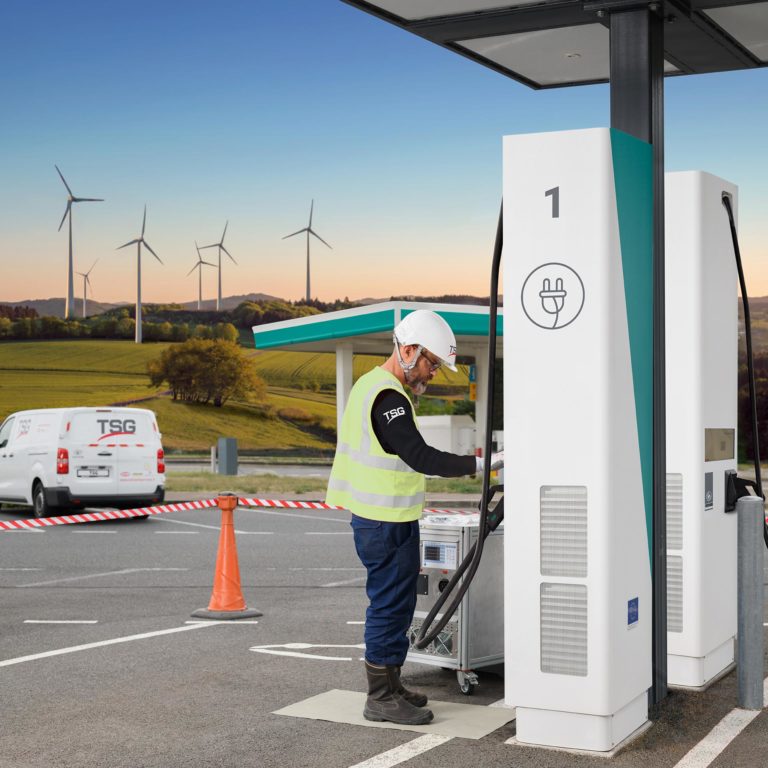
Coffee and lunch, as well as car wash and air compressor options, are traditional services for filling stations; but large and comfortable rest areas and facilities, parcel pick-up points, gyms or spa areas, and sit-down restaurants are possible additional solutions. Even more upgraded services – lunch lounges, coworking spaces and hairdressers – are options that bring convenience to drivers and more revenue streams to forecourts. All in all, the disruption caused by EVs is an opportunity to rebalance the station and include more retail options, ultimately creating more business.
EVs are here to stay, supported by the need to decarbonise the transport sector, new regulations, falling vehicle prices and increasing customer uptake of electric cars. Forecourts can benefit greatly from this movement by incorporating EV chargers or creating or welcoming dedicated charging hubs nearby. As EVs popularise, the traffic per charge point improves each year and brings stations closer to profitability.
TSG is the right partner to enable the energy transition of forecourts to multi-energy mobility hubs. We are the leading provider of technical services in Europe and Africa to support the responsible transition of mobility, allowing public spaces to evolve and accommodate new energies. We design, plan, install and maintain turnkey solutions tailored to each company’s needs and requirements.
Contact us to discover how we can enable the transformation and electrification of your forecourts.
